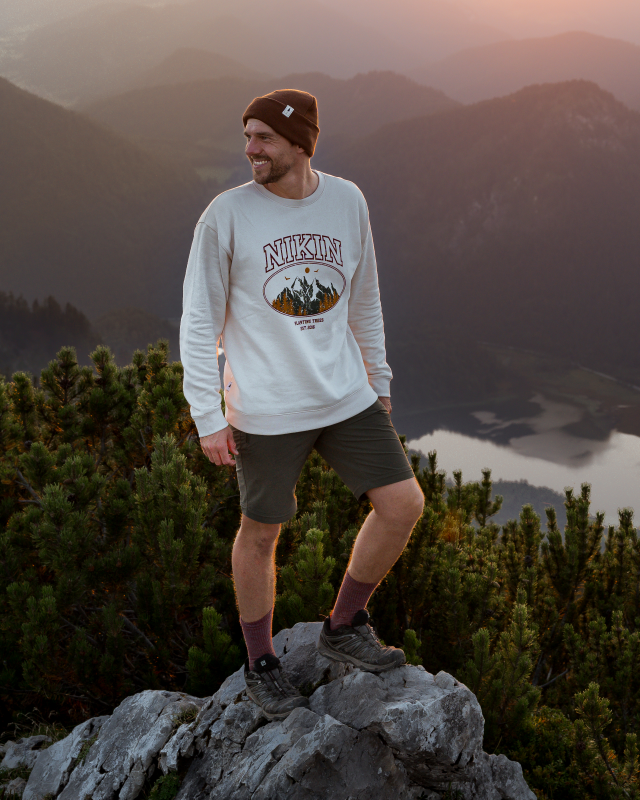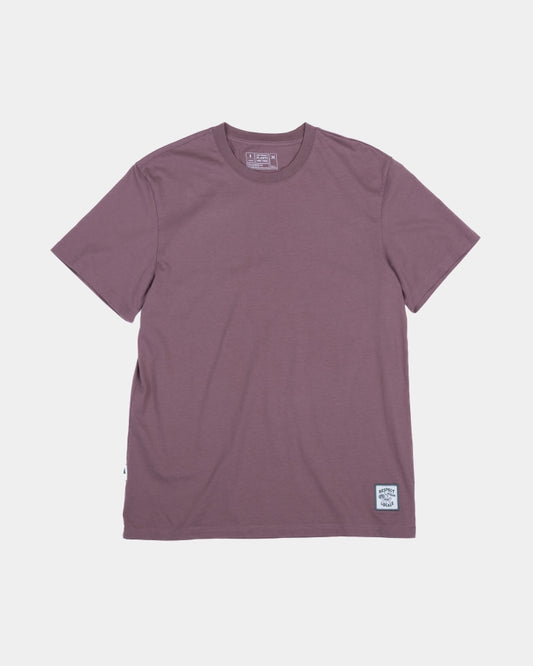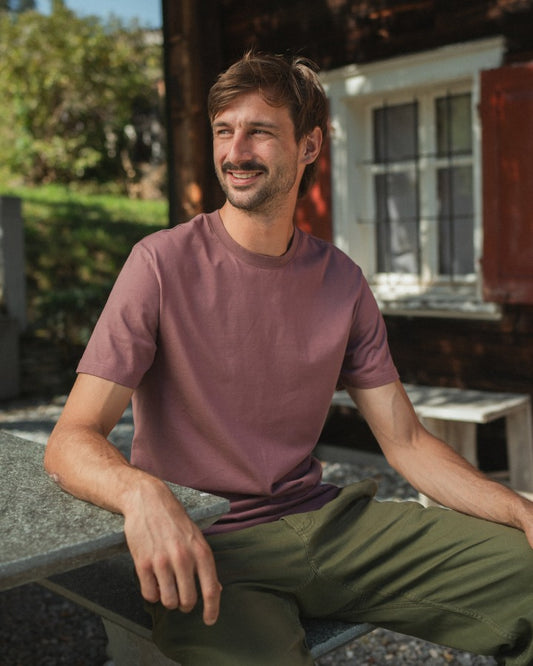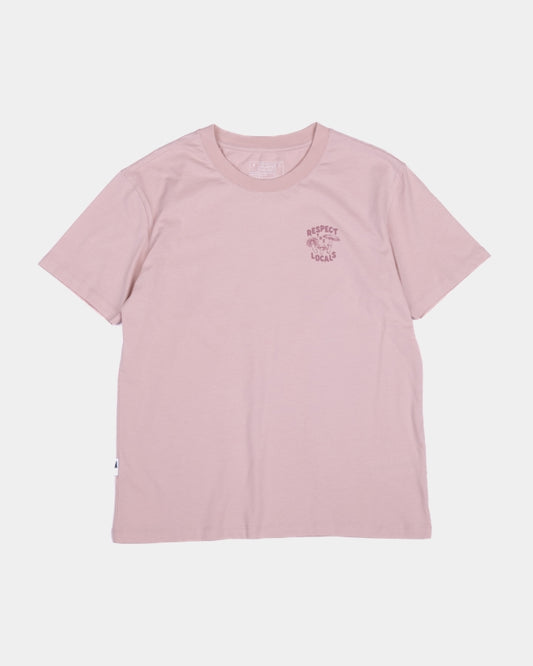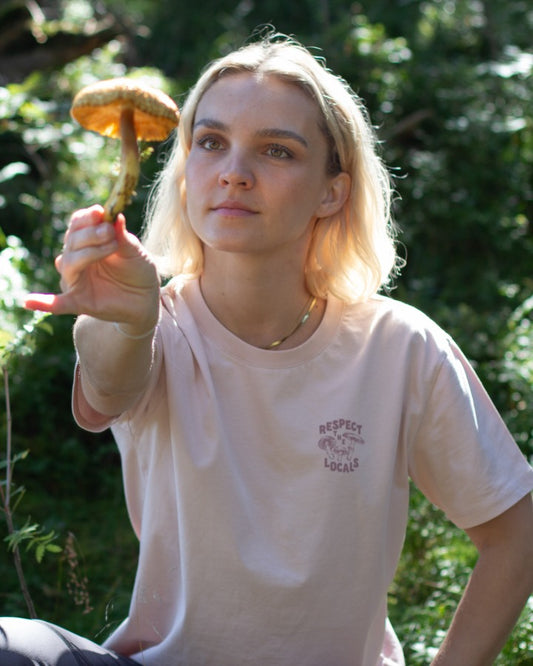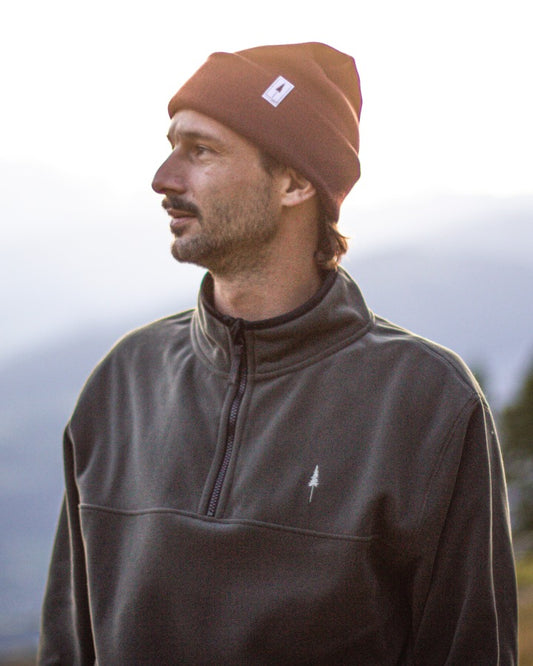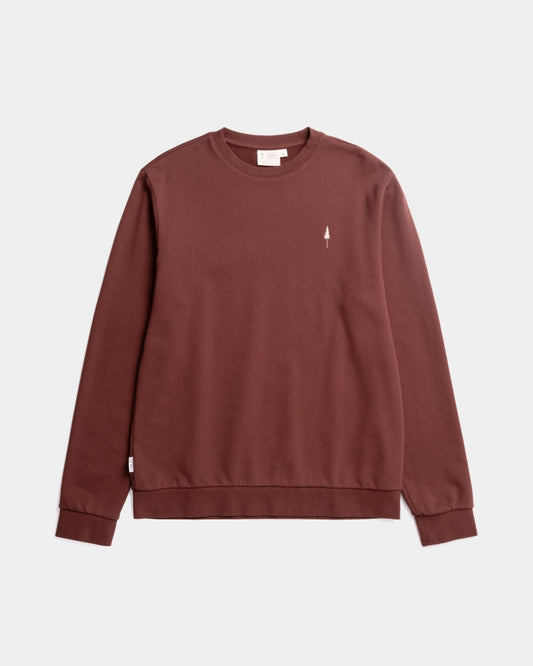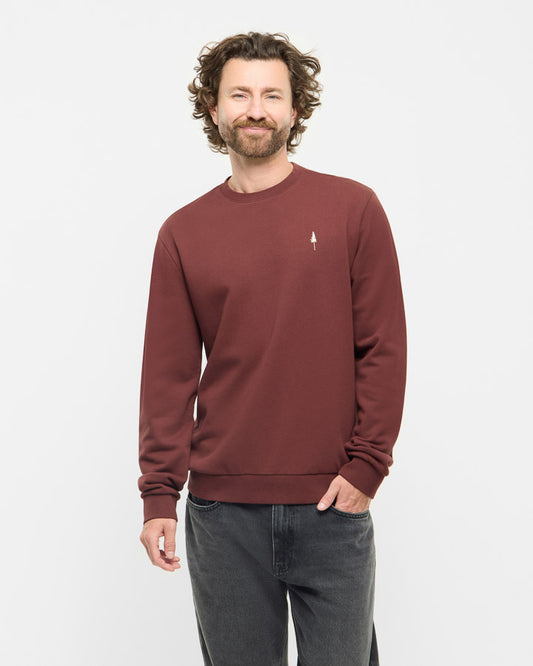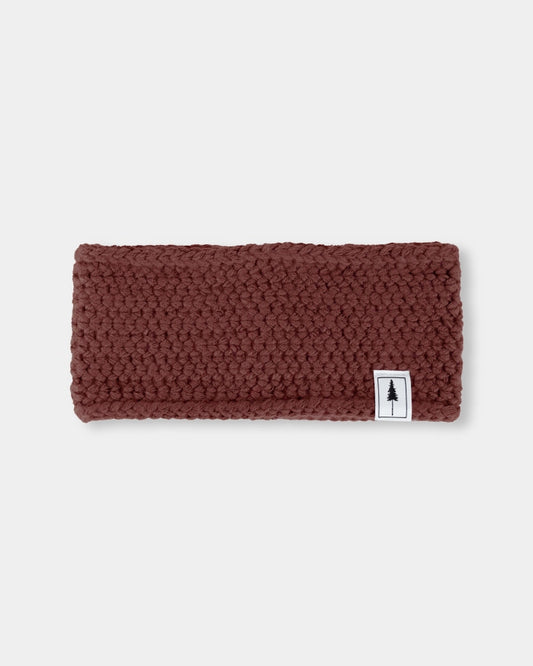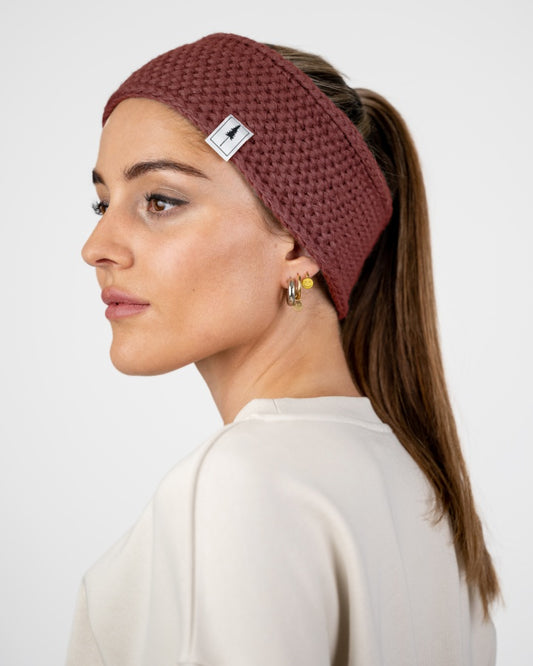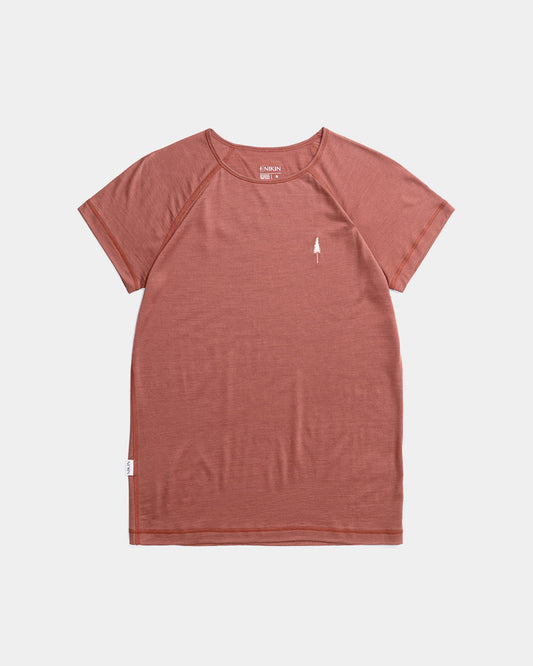Sale, clearance sale, last chance and other buzzwords are the words we hear when we stroll through the shopping streets or visit the online stores of various fashion manufacturers. Most of these offers stimulate the desire to buy and encourage consumers to make a purchase even though they don't need the product. Discount battles have - usually rightly - a bad reputation. Here we explain why reduced prices are not always pointless.
Sale, clearance sale, last chance and other buzzwords are the words we hear when we stroll through the shopping streets or visit the online stores of various fashion manufacturers. Most of these offers stimulate the desire to buy and encourage consumers to make a purchase even though they don't need the product. Discount battles have - usually rightly - a bad reputation. But here we explain why reduced prices are not always pointless.

Fast fashion and seasonal discount battles go hand in hand. Many fashion labels only offer their products for one season and get rid of them as quickly and cheaply as possible as soon as the season comes to an end. There are also good reasons for sustainable fashion labels to drop their prices. We would like to show you here why NIKIN is also reducing the prices of certain products. And how you can benefit from the price advantages without a guilty conscience.
The logic behind fast fashion
Major fashion labels in the fast fashion sector launch new collections every week or every other week. In some cases, the new products are even offered directly as sale items. The aim is to entice bargain hunters to make a purchase. The fact that resources are invested in each item of clothing is completely forgotten. Such products also often lack longevity, meaning that they end up in the garbage can after a maximum of one season. Today, the looks of the stars are often copied and cheaply reproduced. Only a few days after a celebrity has worn a certain look, the outfit can be found in the stores. In the textile industry, the term "quick response" is used. Manufacturers hope to always meet the needs of their customers. However, it also means that the lifespan of certain looks is only a few weeks.
How NIKIN develops collections
While the fast fashion brands, as already mentioned, are designing and launching collections at breakneck speed, we at NIKIN take a different approach. We put a lot of love into every new product, spend months tinkering with new ideas and pay attention to every detail. The finished product is the sum of many steps and many people involved - both inside and outside NIKIN. This does not change even if you buy the product at a reduced price.
Our product team starts developing their new treasures six months to a year before the release. They talk to the marketing team, look for materials, discuss with manufacturers, develop designs, discuss colors, decide on sizes and so on. By the time the finished product is available in our online store, practically the entire NIKIN team is involved in the process and gives its all to offer the best possible product.
The downside of the long development process
The long path from the idea to the finished product is necessary in order to meet our own standards and produce as sustainably as possible. The downside of this, however, is that we cannot react as flexibly to current trends. This means that in warm winters, for example, our winter hats sell for less than expected. It is also particularly difficult to calculate the cost of edge sizes. And we admit that we sometimes overestimate or underestimate customer demand.
Sustainable design too
NIKIN has always preferred simple designs and colors. Of course, we could also include crazy cuts, wild patterns or the latest trend colors in our collections - our product team would easily be creative enough to do so. However, NIKIN has consciously decided against this. We want our products to be worn for as long as possible. It is therefore important that they never go out of fashion. That's why our products are timeless classics and can therefore be used by trend-conscious people for a long time.
Not only discounts
Throwing away is not an option for us. That's why products that we can't sell at a discount don't end up in the garbage can. We sell these products at our outlet sales, pass them on to outlet partners or donate them. Discounts are not the only option for us to sell products.
Slow fashion must also make financial sense
Of course, we could donate all our products that we don't sell to people in need. But NIKIN must also operate and function sustainably as a company. Our employees expect fair wages, the rent for our premises must be paid on time and supplier invoices must also be paid on time. When we donate products, we make a loss as our purchasing costs are not covered. We are very happy to do this occasionally, but for financial reasons we cannot do it all the time.
From T-shirts to a more sustainable life
We are aware that sustainable fashion has its price. Even if we can make sustainable fashion affordable, our products are still more expensive than the cheap goods from some big fashion houses. Discounts are a good way for lower earners and students to gain their first experience of fair and sustainable fashion without putting too much strain on their wallets. And our experience shows that some customers start with a TreeShirt, find out more about NIKIN and a more sustainable lifestyle and take small but steady steps towards a more sustainable lifestyle. We are therefore convinced that discount battles make little sense. However, deliberately reducing prices without forgetting the resources and work behind the product can make perfect sense.






